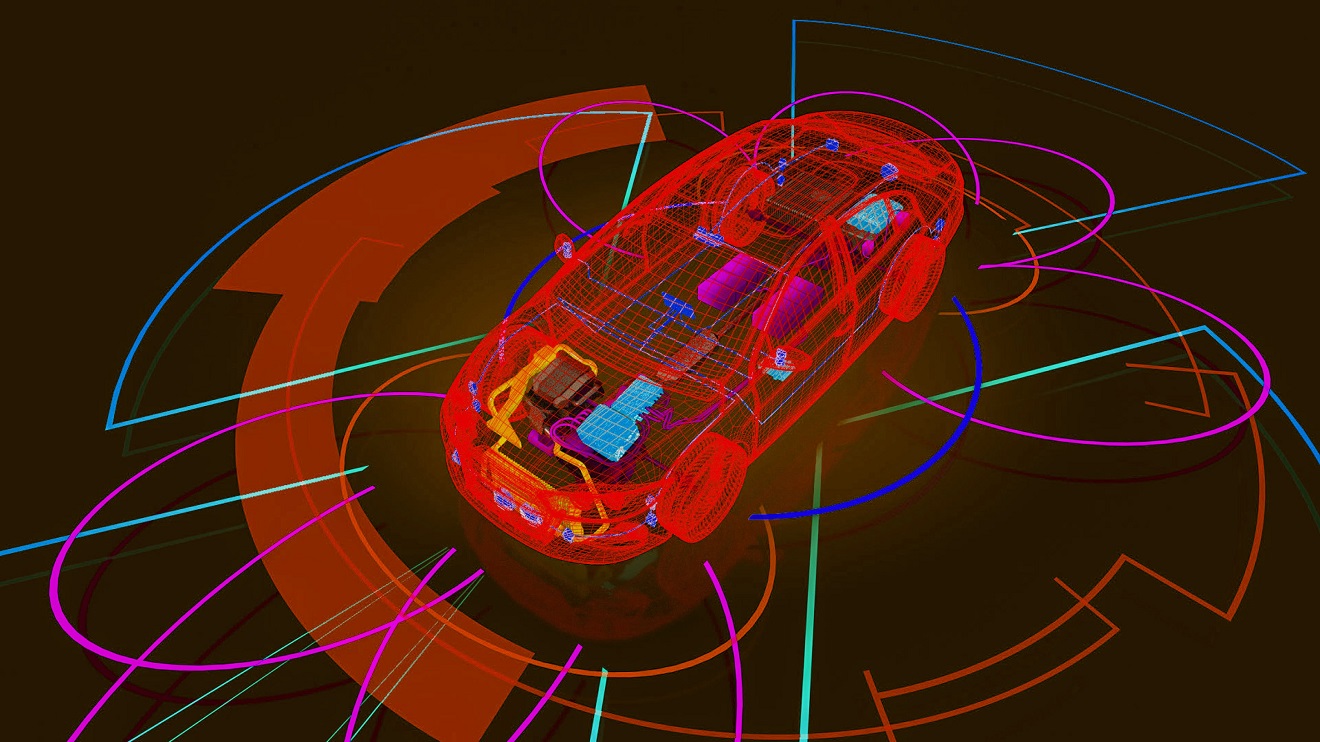
Cooling Lab
Typical Problems
Tailored Measurement Methods
High Fidelity Models
Detection
New Cooling Concepts & Optimized Component Design
Tailored Measurement Methods
High Fidelity Models
Thermal Digital Twin
Prediction
Predictive Control strat.
Lifetime assessment
Battery Thermal Management System
Investigations of new battery cooling designs and their impact
SIMBAT – Combined multi-physics battery model
Tailored measurement methods

Power Electronics Cooling
Investigations of new cooling designs and their impact
Thermal digital twinning for power electronics
Tailored measuremetn methods

Advanced Measurements
Thermal impedance spectroscopy
Heat conductivity and capacity measurements
Parameter changes over lifetime
Local non-intrusive surface temperature measurement
Spectroscopic temperature measurement
Inner Cell Temperature and Gradient
Heat flux + surface temperature
Fiber Bragg
Inverse problem cell temperatures
Coolant and Cell Aging
Long term measurements with cooling system
Coolant aging
Thermal Digital Twins and Fast CFD
